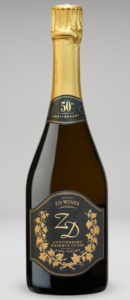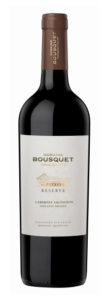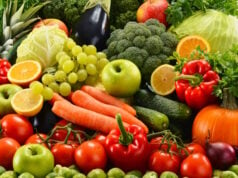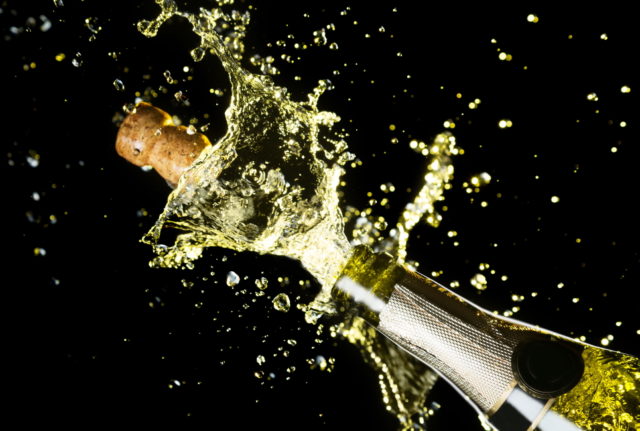
When the Washington Nationals celebrated their World Series victory a few months ago, the locker room was awash in sparkling wine. Players and coaches reveled in showering themselves with sparkling wine, a victory tradition hardly uncommon in the world. No matter how much fun it seems, however, popping champagne corks can be dangerous in such close quarters.
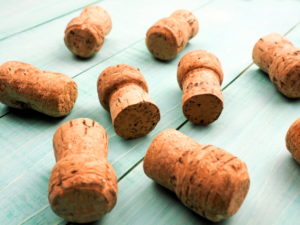
Dom Perignon knew first-hand about the dangers of flying corks. In the 17th century he and fellow French monks said a few prayers when they bottled what they hoped to be still wine. The weather was so cold in this most northern wine growing region, that fermentation stopped when temperatures dropped only to start again as temperatures warmed in the spring after the wine was bottle. Kaboom! The second fermentation created a lot of CO2, which caused the bottles to explode. Winemakers even wore masks when they went into the caves. The monks were embarrassed when the bottles exploded in the cellars of well-heeled Brits.
The good Dom put a positive spin on the flaw and declared he was “drinking stars,” but that’s probably what he saw after being hit a few times by flying corks.
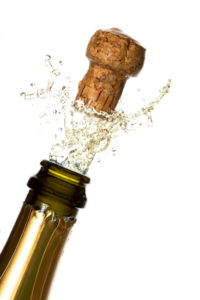
Having now dispelled the myth that the French invented champagne, we aver that no one makes it as good as the French. Besides being the only region that owns the champagne name, its cool climate and t chalky, limestone soil make champagne unique.
Generally, only pinot noir, pinot menieur and chardonnay are used in champagne. Prosecco? Glera grapes. Cava? macabeo, parellada and xarel grapes. Hardly household words. Prosecco and cava are nice, inexpensive sparkling wines with larger bubbles – but they lack the finesse or luxurious texture of champagne.
California sparkling wine makers use the same grapes as the French and are making very good wines that can compete with the French. Oddly, though, they often cost more than French champagne and that discourages people from substituting champagne with sparkling wine.
Get on the holiday bandwagon and open one of these delicious bubble makers – but be careful when you remove the cork. Here’s a tip: grip the cork and turn the bottle. When it is almost out, push the cork to one side and let the gas seep out. Voila!
-
ZD Wines 50th Anniversary Reserve Cuvee Champagne Le Mensil Blanc de Blancs ($52). The Clos de Mensil is the source of such famous champagnes as Salon and Krug. But this version, made entirely of chardonnay from grand crus vineyards, cost a fraction of the price. Complex and very expressive, it is our favorite champagne this year.
- Lambert de Seyssel Petit Royal Brut ($19). From the village of Seyssel in the French Alps, this intriguing sparkling wine uses the indigenous grapes, molette and altesse, to create a refreshing, aromatic wine with honey and stone fruit character.
- ZD Wines 50th Anniversary Reserve Cuvee ($90). The DeLeuze family is celebrating the 50th anniversary of this prestigious Rutherford winery in style. This cuvee of pinot noir and chardonnay is highly aromatic with pear and apple notes and a hint of coconut.
- Scharffenberger Cellars Brut Rose Excellent ($26). From Mendocino County, this wine is made with 58 percent chardonnay
Argyle Brut Rosé 2015 and 42 percent pinot noir grapes. It has expressive raspberry and citrus aromas followed by strawberry flavors and a hint of apple.
- Frank Family Vineyards Blanc de Blancs ($55). Floral and citrus notes with a creamy, mouth-coating texture.
- Argyle Brut Rosé 2015 ($50). Blended with pinot noir, pinot meunier and chardonnay, this delicious cuvee from the Willamette Valley is lively with a floral aroma and cherry, peach flavors with a dash of mineral and a creamy texture.
- Adami Bosco de Gica Valdobbiadene Prosecco Superior Brut ($20). Adami makes several excellent proseccos, but we particularly like this one blended with a little chardonnay.
Wine picks
- Bela Ribera del Duero 2017 ($19). We absolutely loved this tempranillo from the Ribera del Duero region of Spain. Good body,
Domaine Bousquet Reserve Mendoza Cabernet Sauvignon 2018 opulent blackberry, plum and blueberry notes with a floral nose and hints of oak and spice. The label is a facsimile of one used in 1910 by Bela’s new owner, CVNE. This is worth every cent.
- Domaine Bousquet Reserve Mendoza Cabernet Sauvignon 2018 ($18). Here is a reasonably priced, medium-bodied wine to place in a cellar or enjoy now. Made with organically grown grapes in the foothills of the Andes, the wine has good grip, a floral bouquet and fresh strawberry flavors with a hint of toasted oak.
- Markham Napa Valley Merlot 2016 ($25). This is good proof that there are still reasonably priced merlots being made in Napa Valley. A broad, rich wine with floral aromas and pronounced raspberry and black cherry flavors, it has a sturdy structure to match a winter dinner of beef or stew.
Tom Marquardt and Patrick Darr have been writing a weekly wine column for more than 30 years. Additional Wine reviews on MoreAboutWine
All photos are randomly selected and do not indicate any preferred wine
You can send questions to Tom Marquardt mailto:marq1948@gmail.com[/vc_message]



